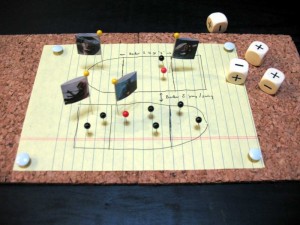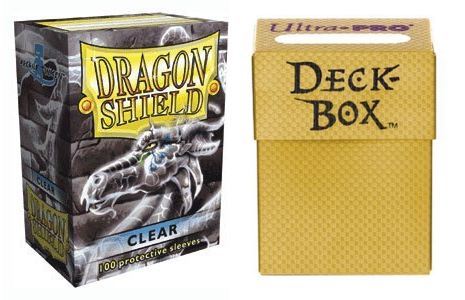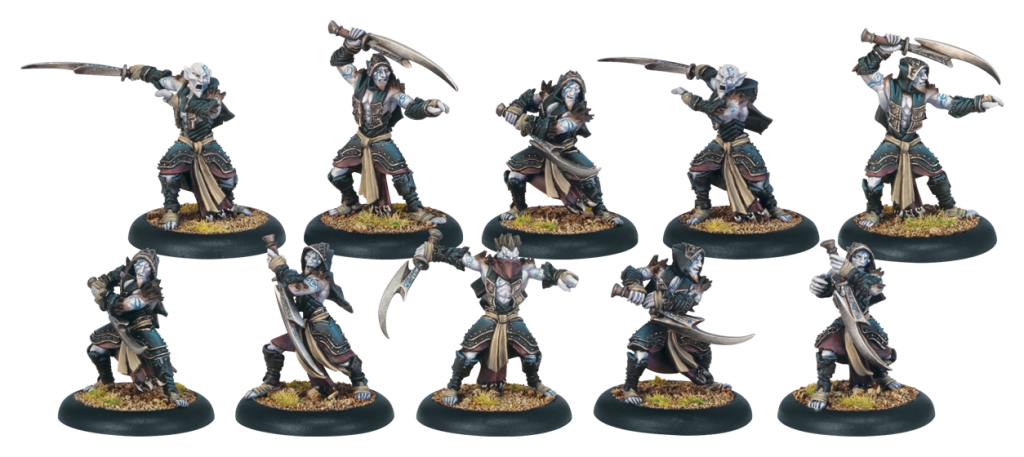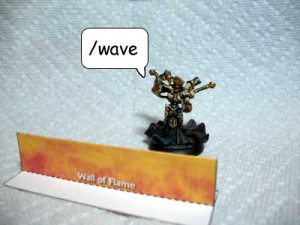FATE & Abstract Combat Mapping
FATE uses an interesting system regarding positioning in combat and the like, grouping areas into zones and adding borders to specify difficulties in mobility. It’s a pretty simple system, but still one that can benefit from a physical representation on the tabletop when a large number of parties are involved.
It’s no secret that I’m a fan of miniature use in role-playing games, but for our Manaburst game I wanted to try something different. I was worried that if the players – who were new to FATE – saw the miniatures on the table it might distract from the looser, narrative way FATE designates location in a scene. So I decided to try something new:

Whenever a map is necessary, I sketch one out on a pad of paper and thumbtack it down to a couple cork tiles. We then use straight pins to mark locations and move them around as necessary. The pack of small push pins I purchased contained three different colored pins, which helps keep from confusing groups on the map.
For the PCs or important NPCs I use larger pins, with the PCs’ getting extra attention. I had asked the players for pictures of their characters before the campaigns started so I could surprise them with their pins at the first game. I cropped and resized these pics before printing them out as two .75″ x .75″ squares side by side which were wrapped around pins and taped into place. It makes it easier for each player to quickly see their own pin given the smaller size of the maps we use.
So far the only complaint has been that the maps can be a little small, but that could be easily resolved with some larger cork tiles. Other than that, though, the process has been quick and abstract, allowing more room for narration. Seems like a success to me.



